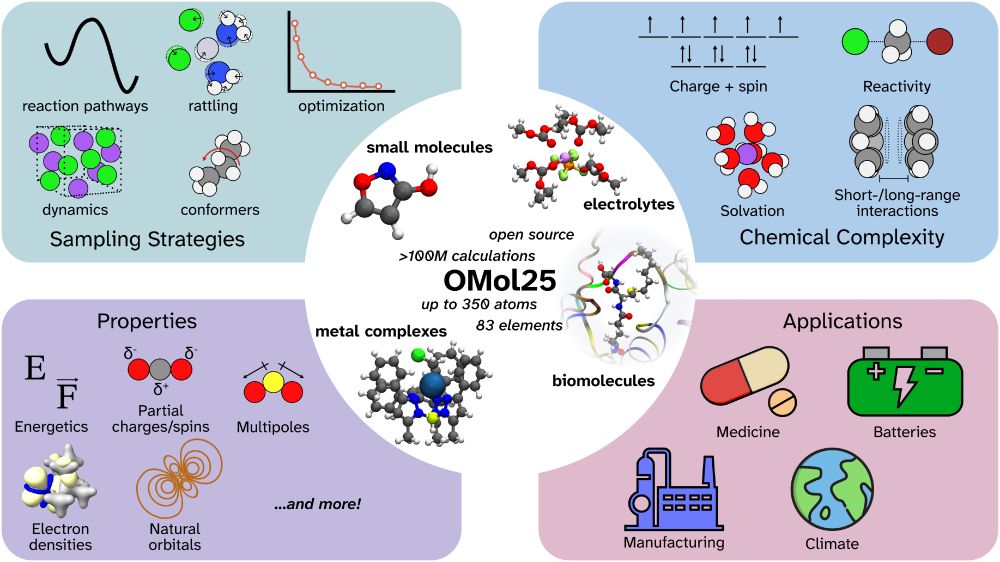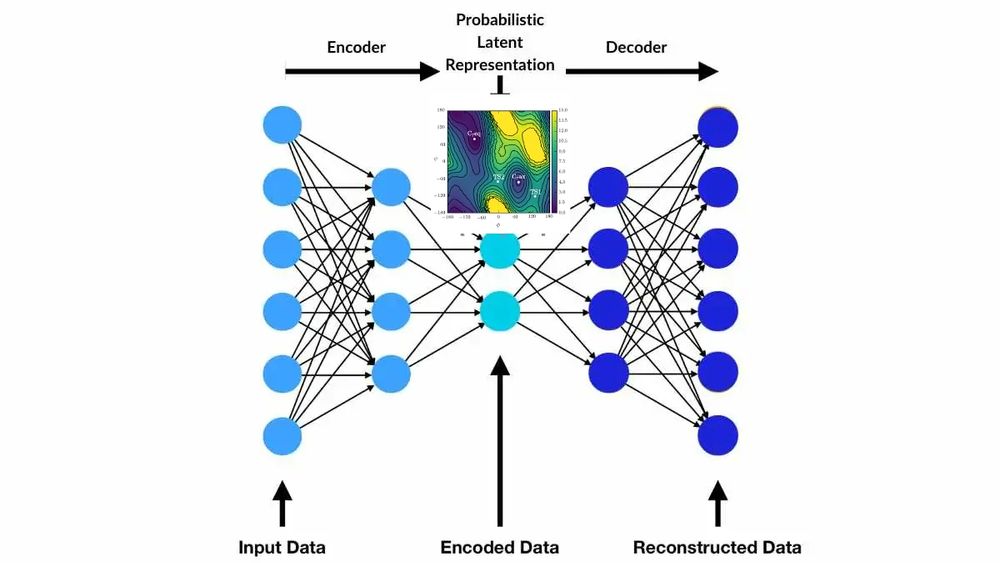Erik Thiede
@erikhthiede.bsky.social
240 followers
220 following
82 posts
Asst. Professor of Chemistry at Cornell University. Interests: Bio, Chem, ML, Statistical Estimation, Electron Microscopy, Good code.
Posts
Media
Videos
Starter Packs
Reposted by Erik Thiede
Jeremy Baskin
@jeremybaskin.bsky.social
· Aug 25
Cornell University, Chemistry and Chemical Biology
Job #AJO30338, WDR-00054776 Assistant Professor - Chemistry and Chemical Biology, Cornell University (Ithaca, NY), Chemistry and Chemical Biology, Cornell University, Ithaca, New York, US
academicjobsonline.org
Erik Thiede
@erikhthiede.bsky.social
· Jul 17
Jonathan Jacobs
@bioinformer.bsky.social
· Jul 16

What Is Up With These Tech Billionaires? This Astrophysicist Has Answers
In his new book, More Everything Forever: AI Overlords, Space Empires, and Silicon Valley’s Crusade to Control the Fate of Humanity, Adam Becker probes the technocrat worldview
www.rollingstone.com
Erik Thiede
@erikhthiede.bsky.social
· Jun 8
Erik Thiede
@erikhthiede.bsky.social
· May 26
Reposted by Erik Thiede
Erik Thiede
@erikhthiede.bsky.social
· May 8
Erik Thiede
@erikhthiede.bsky.social
· May 8
Erik Thiede
@erikhthiede.bsky.social
· May 7
Reposted by Erik Thiede
Erik Thiede
@erikhthiede.bsky.social
· Apr 14
Erik Thiede
@erikhthiede.bsky.social
· Apr 1
Erik Thiede
@erikhthiede.bsky.social
· Apr 1
Erik Thiede
@erikhthiede.bsky.social
· Apr 1
Erik Thiede
@erikhthiede.bsky.social
· Mar 31
Erik Thiede
@erikhthiede.bsky.social
· Mar 24
Erik Thiede
@erikhthiede.bsky.social
· Mar 24






